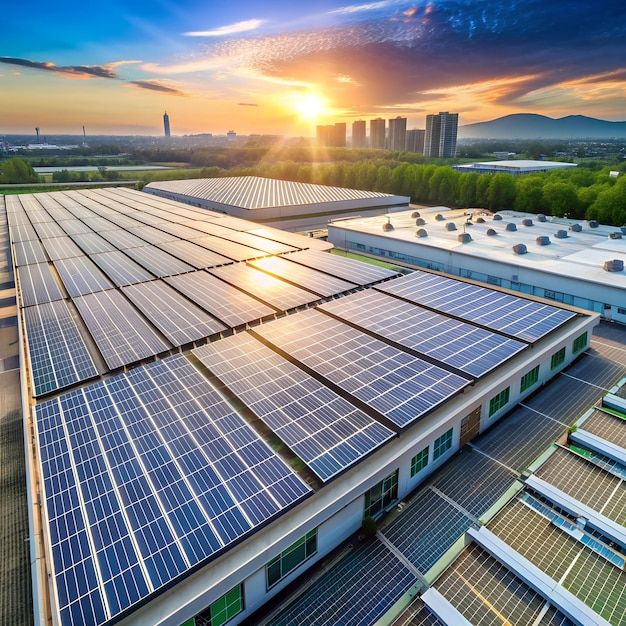A solar installation is more than just panels and inverters—it involves a network of cables that connect components to ensure efficient energy flow. Proper cable management is essential for safety, performance, and aesthetics. Untidy or poorly routed cables can cause electrical hazards, reduce system efficiency, and make maintenance more difficult. By implementing effective cable management practices, homeowners and Solar Panel Installation Derby can maintain a clean, safe, and long-lasting solar system.
1. Plan Your Cable Routes
Before installation begins, mapping out cable pathways is crucial:
-
Direct Paths: Minimize cable lengths by choosing the shortest safe route from panels to inverters or combiner boxes.
-
Avoid Obstructions: Route cables around sharp edges, ventilation ducts, and other rooftop equipment.
-
Separation: Keep DC and AC cables separated where possible to reduce electrical interference.
Proper planning reduces stress on cables and simplifies future maintenance.
2. Use Quality Cable Materials
Selecting the right cables ensures durability and safety:
-
UV-Resistant Cables: Outdoor exposure to sunlight can degrade standard cables. Solar-rated, UV-resistant wires prolong lifespan.
-
Weatherproof Insulation: Cables must withstand rain, wind, and temperature extremes without cracking.
-
Correct Gauge: Using the appropriate wire gauge prevents voltage drops and overheating.
Investing in high-quality cables pays off in long-term reliability and performance.
3. Secure Cables Properly
Loose or dangling cables can create hazards and reduce system efficiency. Techniques include:
-
Cable Ties and Clips: Fasten cables along mounting racks, rafters, or conduit neatly.
-
Conduit Use: Protects cables from physical damage, UV exposure, and accidental disconnection.
-
Spacing: Avoid overtightening ties, which can damage insulation, but ensure cables are secure enough to prevent sagging.
Organized cabling improves safety and creates a professional, streamlined appearance.
4. Label and Color-Code Cables
Labeling wires simplifies troubleshooting and maintenance:
-
Clear Identification: Mark each cable with its function, voltage, and panel location.
-
Color Coding: Use standardized colors for DC and AC circuits to avoid confusion.
-
Documentation: Maintain a diagram showing cable routes and connections for future reference.
Proper labeling saves time and reduces the risk of errors during inspections or repairs.
5. Manage Excess Cable Length
Extra cable must be handled carefully to avoid tangles or stress:
-
Loops and Coils: Create neat loops secured with ties or straps. Avoid tight coils that can damage insulation.
-
Avoid Sharp Bends: Sharp bends increase stress and may cause premature failure.
-
Keep Clear of Walkways: Ensure cables don’t create tripping hazards or interfere with roof access.
Managing excess cable maintains system integrity and reduces potential hazards.
6. Maintenance-Friendly Practices
Well-managed cables make maintenance easier and safer:
-
Accessible Routes: Leave cables reachable for inspection or replacement.
-
Periodic Checks: Inspect ties, clips, and conduit for wear, UV damage, or loosening.
-
Replace Damaged Sections: Promptly replace any frayed, cracked, or damaged cables to prevent electrical faults.
A tidy system reduces downtime and ensures consistent energy production.
7. Professional Installation Tips
Even if handling cables yourself, following professional practices enhances results:
-
Plan Before Mounting Panels: Lay out cable pathways before final panel placement.
-
Use Solar-Grade Accessories: Only use clips, ties, and conduit rated for outdoor, high-voltage use.
-
Safety First: Always de-energize circuits before handling or adjusting cables.
Professional-grade planning and materials ensure long-term safety and performance.
Conclusion
Cable management is a critical aspect of solar installation that impacts safety, efficiency, and aesthetics. By planning cable routes, using durable materials, securing and labeling wires, and maintaining tidy layouts, homeowners and installers can create a system that performs reliably for decades. Proper cable management not only protects your solar investment but also makes future maintenance and inspections simpler and safer, keeping your solar array clean, efficient, and visually appealing.


